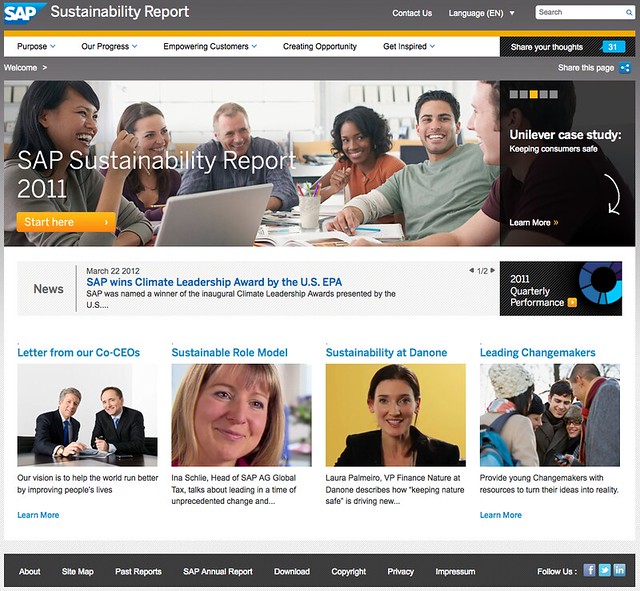Here are the stories that we discussed in this week’s show:
Climate
Renewables
Comms
AI Personal Assistants
- Rumor: Google Exploring ‘KITT’ For Eyes-Free Functionality In The Car, Always-On Listening
- Apple announces new Siri features, including Shazam integration and “hey, Siri” always-on mode
Apps
Development
Health
- Apple HealthKit announced: a hub for all your iOS fitness tracking needs
- Dean Kamen’s ‘Star Wars’-like robot arm wins FDA approval; still more work to be done
- Grow your own bones!
- Technology is completely revolutionising the healthcare industry
Wearables
Smart Home
Education




